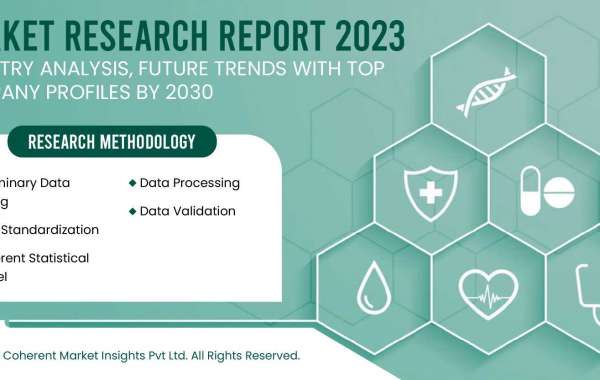The provision of wound care services is a critical aspect of modern healthcare, with millions of patients requiring wound management each year. To ensure the sustainability and quality of wound care services, healthcare providers must not only focus on delivering effective clinical care but also understand the financial aspects of billing and reimbursement.
This article explores the key financial markers that are essential for the success of wound care billing. It highlights the importance of accurate documentation, coding, compliance, and revenue cycle management in optimizing financial outcomes.
Accurate Documentation
Accurate documentation of wound care services is the foundation of successful billing. Comprehensive and precise documentation is vital for justifying the medical necessity of the care provided and for facilitating proper coding and billing processes. Key elements of accurate documentation include:
Patient Information: Complete patient information, including demographics, insurance details, and contact information, should be recorded.
Wound Assessment: Detailed descriptions of wound size, location, depth, and any associated complications are necessary for proper documentation.
Treatment Plan: A clear outline of the treatment plan, including wound cleaning, debridement, dressings, and any other interventions, should be documented.
Progress Notes: Regular progress notes should be recorded to track changes in the wound's status and the patient's response to treatment.
Duration and Frequency: The duration and frequency of wound care sessions should be clearly documented to support billing.
Accurate documentation not only ensures appropriate reimbursement but also serves as a legal record of the care provided.
Proper Coding
Coding is a critical component of wound care billing, as it translates the documented services into billable units. Accurate coding is essential to avoid claim denials and delays in payment. Healthcare providers should be familiar with the relevant coding systems, such as Current Procedural Terminology (CPT) and International Classification of Diseases (ICD) codes, for wound care services.
The choice of codes should align with the documented care and should be specific to the wound type and treatment provided.
Compliance
Adherence to regulatory and compliance standards is essential to avoid legal and financial repercussions. Healthcare providers offering wound care services must be aware of regulations set forth by government agencies and third-party payers, such as Medicare and Medicaid. Compliance with these regulations includes:
Anti-Kickback and Stark Laws: Avoiding improper financial relationships or referrals that may lead to fraudulent billing.
Medical Necessity: Ensuring that wound care services are medically necessary, and that their documentation reflects this necessity.
Upcoding and Downcoding: Billing services accurately and avoiding the inappropriate inflation or reduction of service codes.
Documentation Integrity: Ensuring that the documentation accurately reflects the care provided, without any fraudulent information.
Revenue Cycle Management
Successful wound care billing is closely tied to efficient revenue cycle management (RCM). RCM involves the entire financial process, from patient registration to claim submission, payment collection, and denial management. Key components of effective RCM include:
Eligibility Verification: Verifying patients' insurance coverage and ensuring that the wound care services are covered.
Pre-authorization: Obtaining necessary pre-authorization from insurance providers to prevent claim denials.
Claims Submission: Timely and accurate submission of claims to insurance companies or government programs.
Denial Management: Efficiently addressing and appealing claim denials to maximize revenue.
Payment Posting: Properly posting payments received from insurance companies or patients.
Patient Collections: Managing patient responsibilities, including co-pays, deductibles, and self-pay balances.
Conclusion
Understanding the financial markers for successful wound care billing is essential for healthcare providers seeking to provide quality care while maintaining financial sustainability. Accurate documentation, proper coding, compliance with regulations, and efficient revenue cycle management are critical components of the billing process.
By mastering these aspects, healthcare organizations can optimize their financial outcomes while ensuring that wound care patients receive the necessary treatment and support.
It's important for healthcare organizations considering outsourced billing services to choose a reputable and experienced provider. The right partner should have a proven track record in wound care billing, adhere to industry standards and regulations, and offer a transparent fee structure.
By leveraging the expertise of such services, wound care providers can enhance their financial stability, improve patient care, and focus on their core clinical responsibilities.










